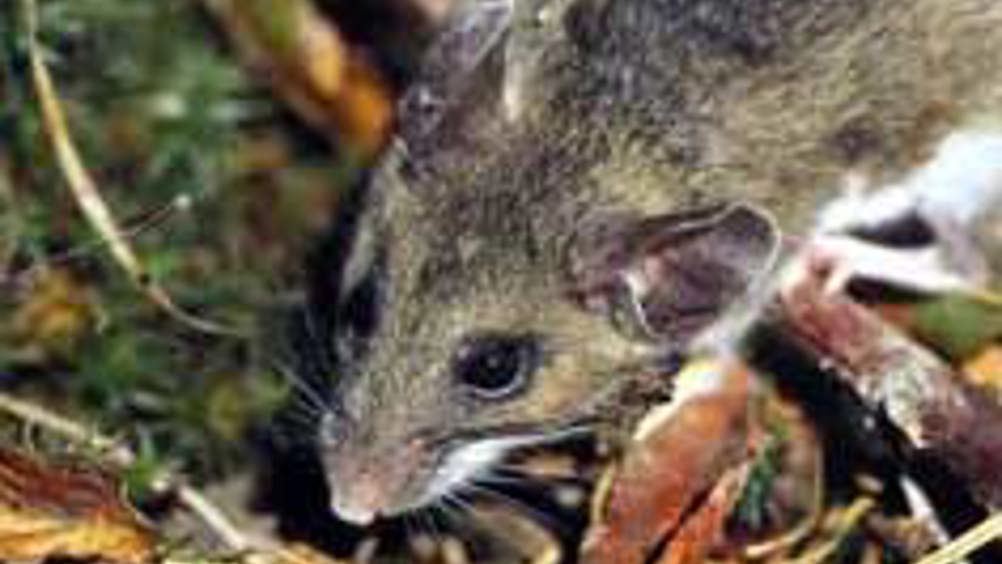Software identifies mouse behaviours frame by frame
For decades, carefully logging details about how mice go through the motions of their daily routines has been a tedious yet staple part of behavioural and neuroscience researchers’ work.

It is a task many researchers would cede to automation and now, said Thomas Serre, assistant professor of cognitive, linguistic and psychological sciences at Brown University, it is finally possible.
Serre and colleagues from the Massachusetts Institute of Technology and California Institute of Technology have developed a computer program that is as accurate as people in identifying mouse behaviours in videos.
The team is making the fully customisable open-source software available for free. Given standard camcorder footage of a mouse, the software will automatically identify a mouse’s behaviour frame by frame.
The value of the software is that it could relieve graduate students and lab technicians from the boredom of performing similar tasks. It takes about 25 person hours to fully annotate an hour of mouse movies, so a small experiment with 10 mice who are each observed for five hours equates to 1,250 hours of work.
Because it is computerised, the system might also provide less subjective annotations than a human team would and could be less susceptible to bias.
Register now to continue reading
Thanks for visiting The Engineer. You’ve now reached your monthly limit of news stories. Register for free to unlock unlimited access to all of our news coverage, as well as premium content including opinion, in-depth features and special reports.
Benefits of registering
-
In-depth insights and coverage of key emerging trends
-
Unrestricted access to special reports throughout the year
-
Daily technology news delivered straight to your inbox










UK Enters ‘Golden Age of Nuclear’
The delay (nearly 8 years) in getting approval for the Rolls-Royce SMR is most worrying. Signifies a torpid and expensive system that is quite onerous...